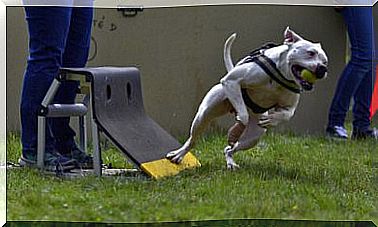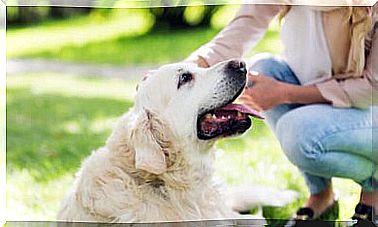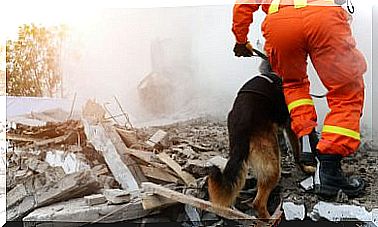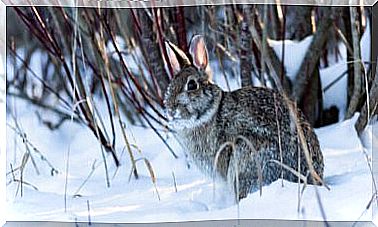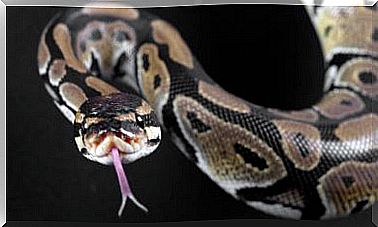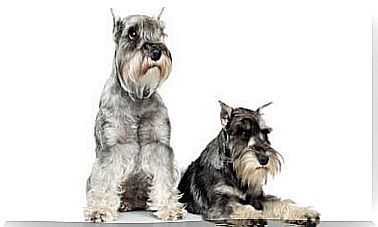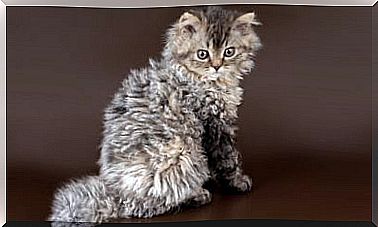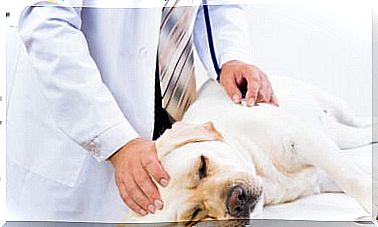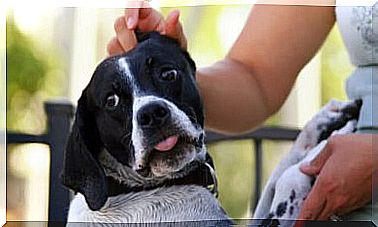The Importance Of Keeping The Home Flea-free
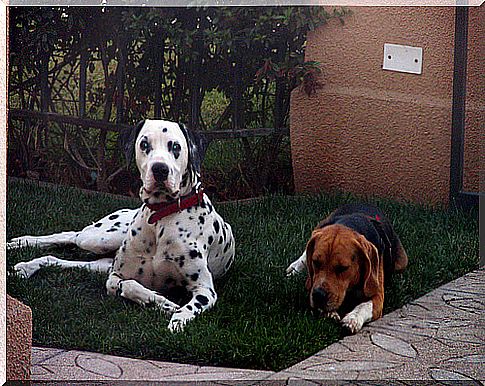
Keeping the home flea-free is a fundamental hygiene act to preserve the well-being of all family members. It is also about avoiding many diseases.
Fleas are highly resistant and can survive in poor conditions. It is assumed that a flea can survive more than 1 week deprived of food.
In addition, they are able to reproduce very quickly in favorable environments, such as the back of a domestic animal. An adult female can lay more than 50 eggs per day.
Therefore, continuous prevention work is always preferable rather than remedying an infestation.
8 simple tips to keep your home flea-free
-
Preventive treatment of antiparasites in your pet
Formerly it was necessary to expose the dog to strong chemicals when the animal already had a large part of the body invaded by fleas. This treatment was inefficient for many reasons. In addition to affecting the health of the animal and the owner due to its strong smell, it was about being able to visualize the fleas.
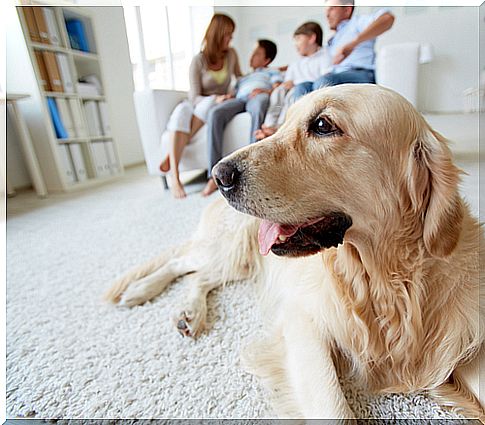
For some years now, it is possible to have preventive treatments that do not expose the animal to any risk. It is enough to keep the application of pipettes or spray indicated to repel fleas, preventing them from approaching the animal’s body. The ideal is to apply at least 2 times a year and consult a veterinarian before opting for a certain product.
You can also opt for flea collars.
-
Adequate lighting and ventilation
Fleas are very sensitive to sunlight or artificial light and prefer to be sheltered or hidden for protection. It is one of the reasons why they are mostly housed on the back of the animal. There the hairs are concentrated and there is shade.
Therefore, it is recommended to provide adequate ventilation and lighting to keep the home flea-free.
-
Enhanced hygiene
Having a pet already requires reinforcing household hygiene. And to prevent the appearance of fleas it is especially necessary to pay attention to the darkest corners and small spaces. Waste accumulates in them and parasites can be “disguised”.
-
Cutting your pet’s hair
As we have seen, fleas prefer more reserved and shady places to “hide” and breed. For this reason, they proliferate more rapidly on the back of dogs with thick fur. It is advisable to cut your pet’s hair at least once a year, preferably during the summer.
It is also good practice to brush your dogs 1 to 2 times a week, avoiding the accumulation of dead hair.
-
Bath time
Fleas don’t like water very much as they can easily drown. Therefore, a good measure to prevent the appearance and combat the proliferation of these parasites is to periodically bathe your dog.
In winter it is not advisable to constantly expose the animals to water, being adequate to bathe them only once a month. During the summer, you can take a bath per week. You must dry your hair and skin well after bathing.
-
Apply specific household liquids or sprays
Some specific products are already marketed to keep the home flea-free. They are liquid or aerosol cleaners that prevent the entry and reproduction of these parasites.
-
Beware of walks in the street
Taking your dog for a walk is excellent for both of your health. However, you need to be careful not to expose it too much to fleas and ticks. Mainly during the summer, we will avoid taking it to dirty environments or letting it come into contact with abandoned or poorly cared for dogs.
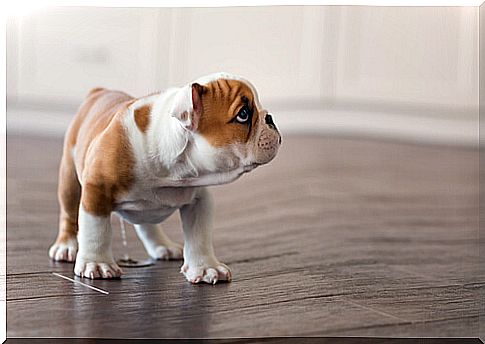
-
Natural and home remedies against fleas
Natural remedies to keep the home flea-free are effective. The smell of certain substances can prevent these parasites from approaching or cause them to migrate. In addition, they are much less aggressive to health.
You can opt for monthly cleaning throughout the home with some herbal teas and homemade preparations instead of an industrial chemical.
There are four easy home remedies to combat fleas :
- Eucalyptus oil
- Lavender oil and apple cider vinegar preparation
- Preparation of water, lemon juice and baking soda
- Peppermint infusion with pennyroyal
Keeping a flea-free home is easy with proper preventive care. Taking care of the home is also part of responsible ownership and healthy raising of a pet.
Main image source: Cristián Arriagada.
